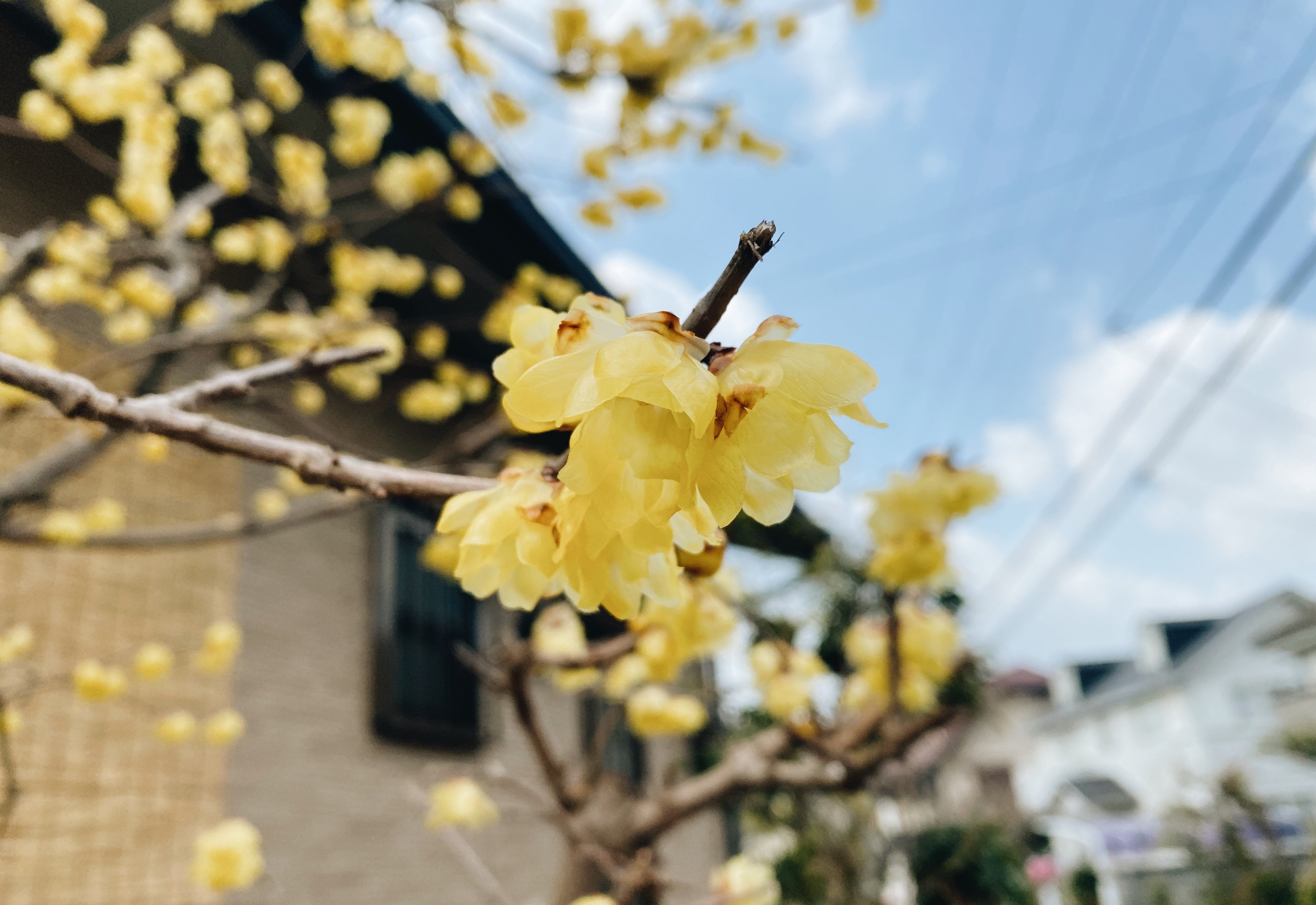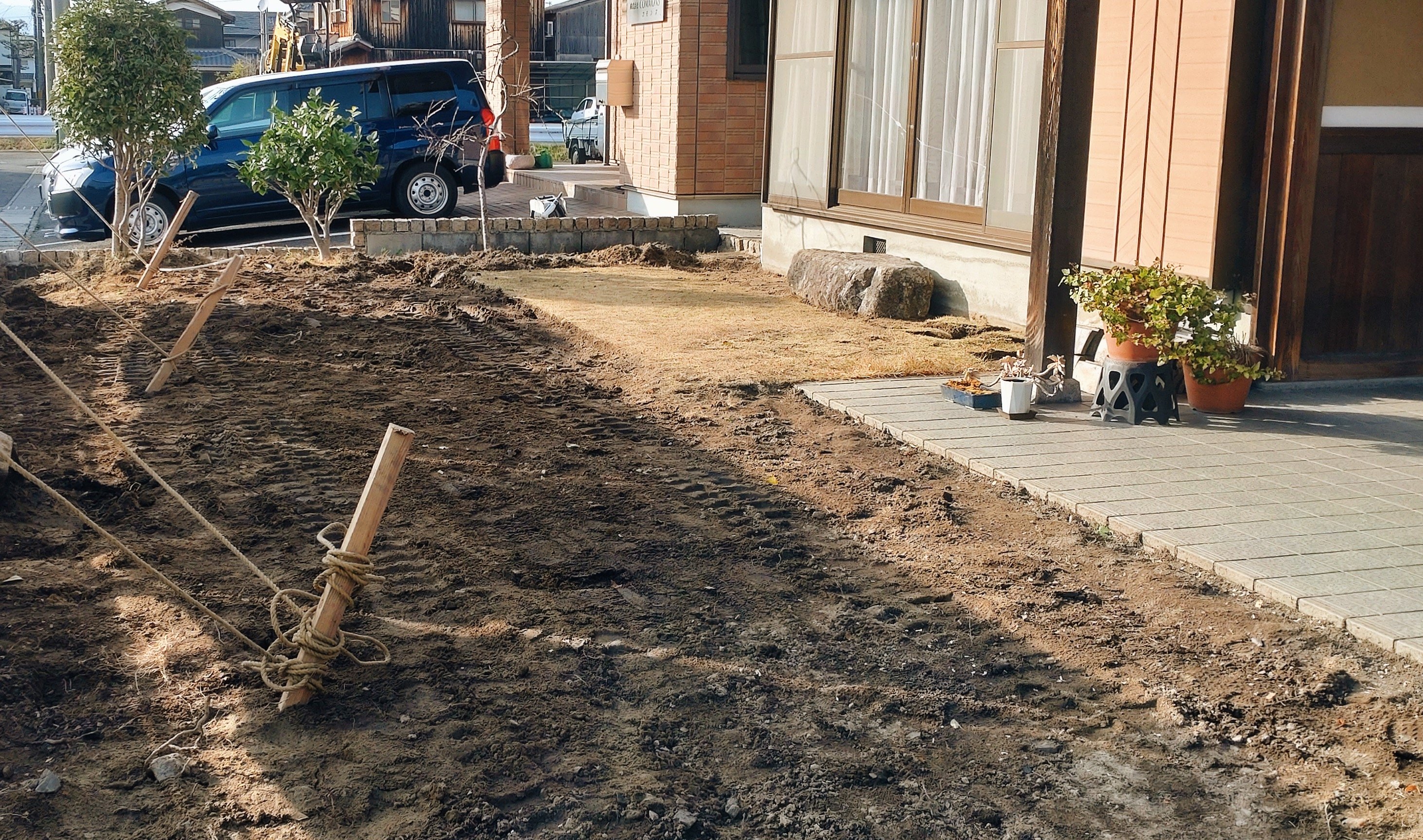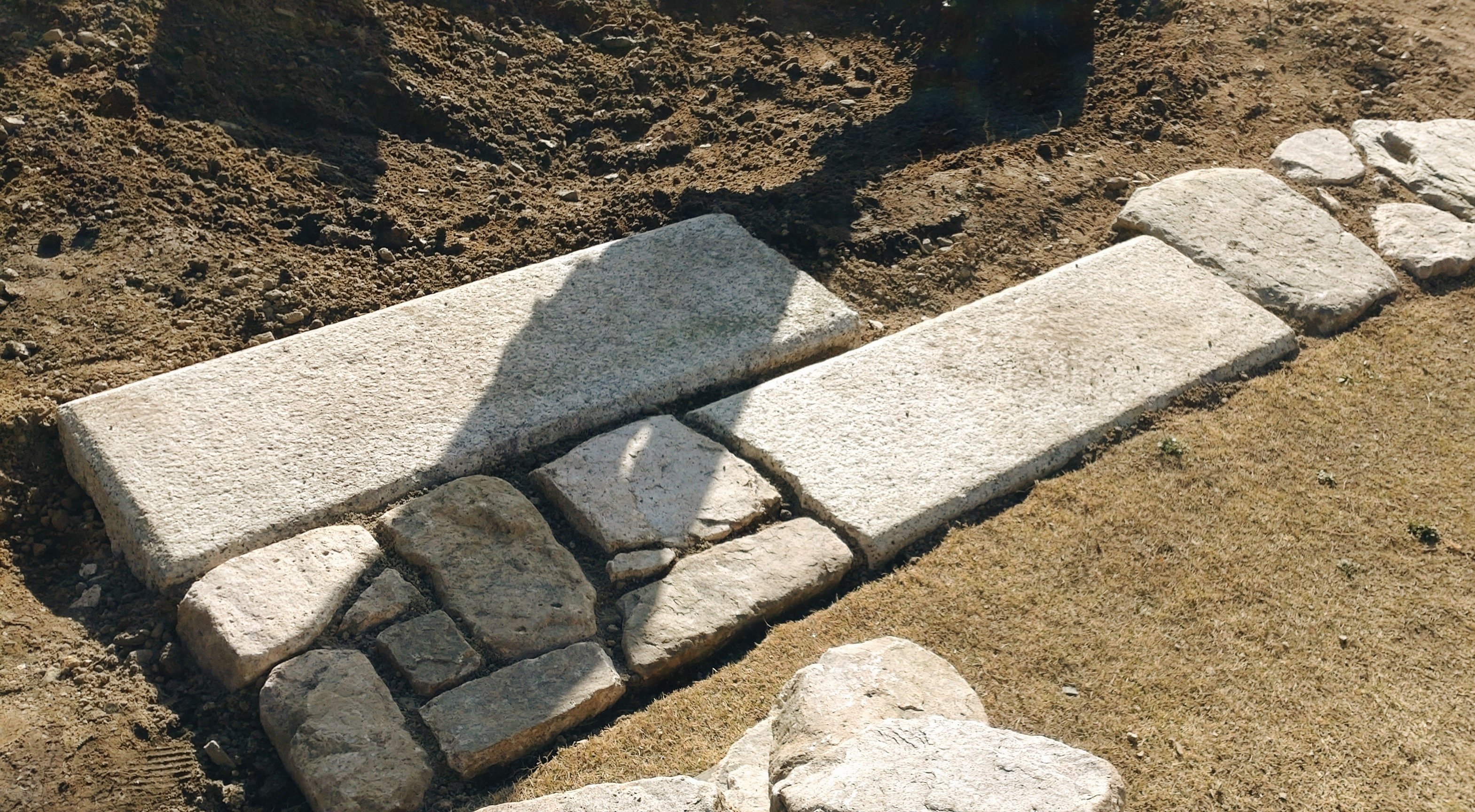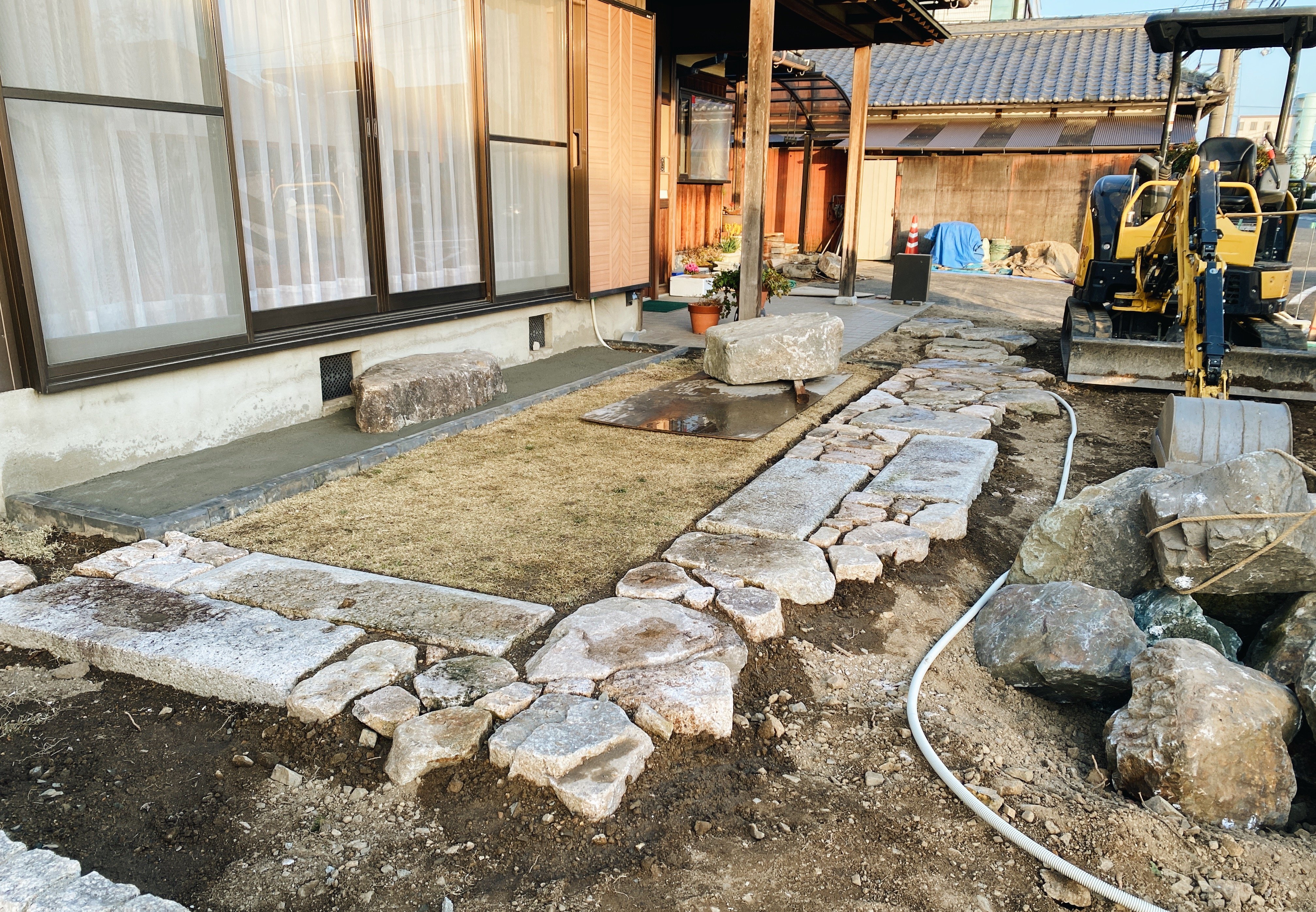Stories We Tell
March 21, 2022
Elements of a Japanese Garden
Author: Yukari Matsumoto
Reading time:4min
Hi, there.

As the word “花冷え-Hanabie,” suggests, there are cold days during the cherry blossom season. We had warm days last week, but it seems that the cold days will return this week. “Hatsumiyo” cherry trees have started blooming about half a month earlier than “Someiyoshino” cherry trees, and I think their flowers would be surprised by the sudden cold weather. (The photo above is not a cherry blossom but Japanese allspice.)
I hope everyone will stay in good health on these alternating warm and cold days.
“Wa” Does Not Mean Old
We’ve been working on garden construction, and this time I designed it differently than usual. Usually, I put plants as the main part of gardens. But this time, I wanted to bring out the elements of the “wa” or traditional Japanese style, so I suggested placing stones and creating outdoor waterscapes in the garden.

The customer’s house is a traditional Japanese house with a tiled roof. We take great importance on harmony between a garden and the design of houses. And we try to create a space that integrates with the surrounding buildings and will look great from any angle. To achieve this, I choose plants and materials carefully.
When I went to see the site the other day, our staff members had created a stunning stone pathway. I was relieved that the construction was proceeding as the customer imagined, without destroying the atmosphere of the building.


The garden incorporated some elements from the traditional Japanese gardens, such as a stone pathway and lanterns, and I hope it will bring out the charms of “wa” or “Japaneseness.” My goal is not to emphasize the “oldness” of the Japanese style, but to show the beauty of a Japanese garden no matter when it is seen.
Although the beauty found in ancient capitals such as Kyoto is often referred to as the beauty of Japan, we know that just because they are historical or traditional doesn’t mean they are standards of Japanese beauty. We will continue to create beautiful gardens in our own way. We will continue to create what we consider to be beautiful gardens.
Keeping in mind “developing new ideas based on learning from the past” as my motto, I like to contemplate how the Japanese garden should be to get closer to nature.
There are some details that cannot be conveyed on our website. If you have any questions, please do not hesitate to contact us by phone, email or on line. A member of our team will be in touch to discuss your requirements and answer any questions you may have.
077-579-1128
info@oomiteien.com
LINE: @oomiteien